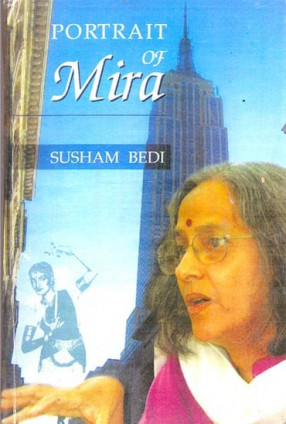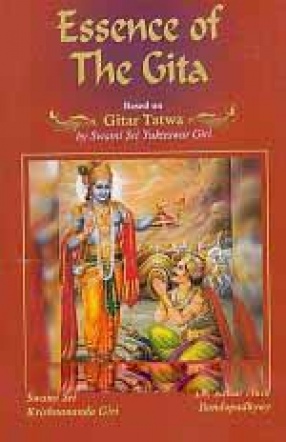Portrait of Mira
In her second novel, Portrait of Mira, Susham Bedi returns to the theme of her first novel. The Fire Sacrifice problems faced by Indians who have left their homeland to settle in New York. But in Portrait of Mira one woman occupies the center stage throughout; furthermore, her social and economic status is upper-class and only towards the end of the novel do financial problems occur. Mira, an accomplished Indian classical dancer; is torn between her dance and her conventional, unfulfilling marriage. As she explores new ways of survival, nothing satisfies her and her heart revolts. She is a rebel, fiercly independent, unwilling to accept the conventions of either Indian or American society, critical both of others and herself. The radicalism of her actions will be apparent to those who are familiar with the strictly defined role of the traditional Indian wife. But in her candid quest for the fulfilment of her personal desires and artistic ambitions, she is also capable of generosity and compassion. Mira, the protagonist of the novel, lives at a level of feelings, where, in spite of repeatedly moving further, she helplessly returns to the same invisible spot. An interior dialogue's intimacy and closeness is intertwined into the entire novel. This novel. through introspection of a recurring but fleeting state of mind in an absolutely alien environment, cuts through the layers of a sensitive mind and helps understand the conflicts and dilemmas of an immigrant exist.
Get it now and save 10%
BECOME A MEMBER







Bibliographic information